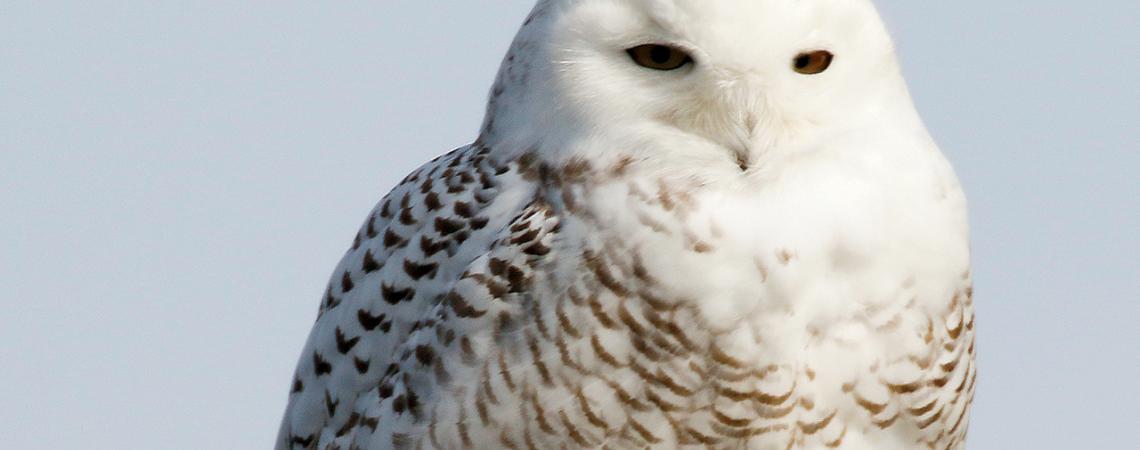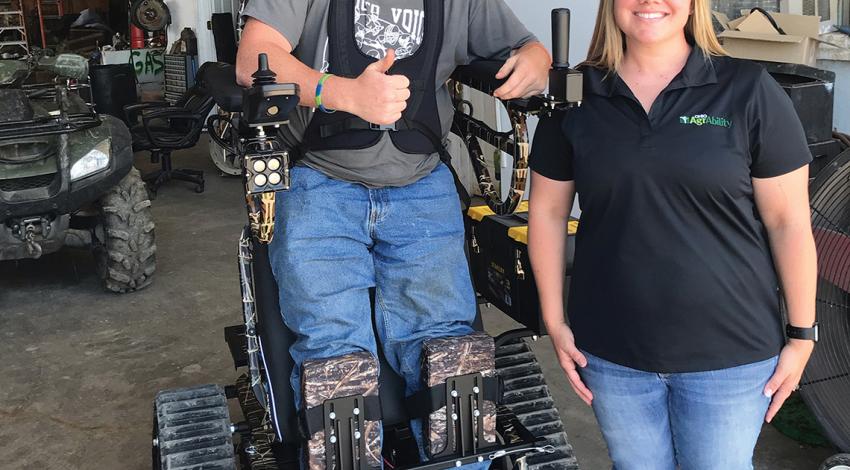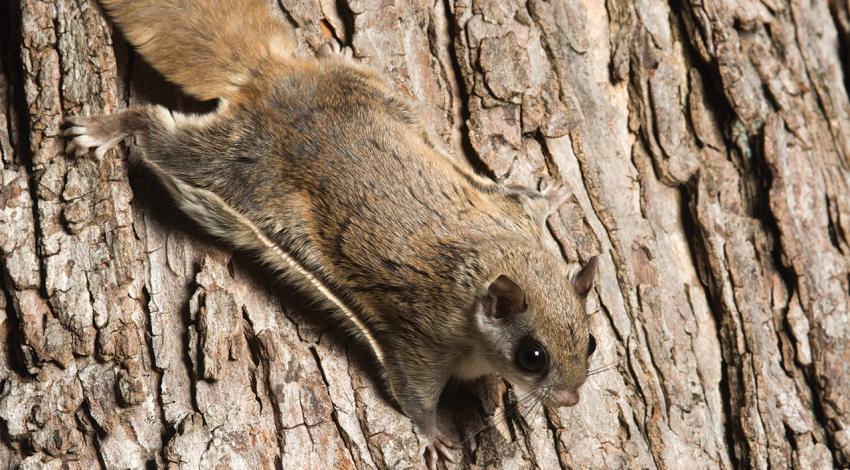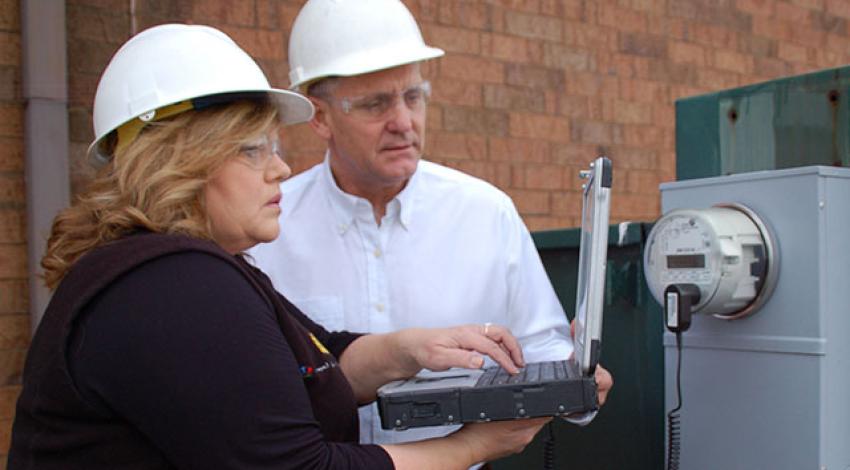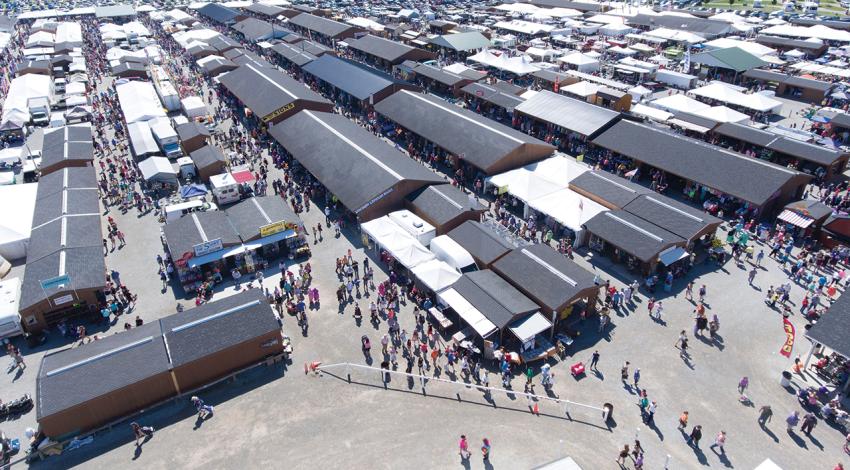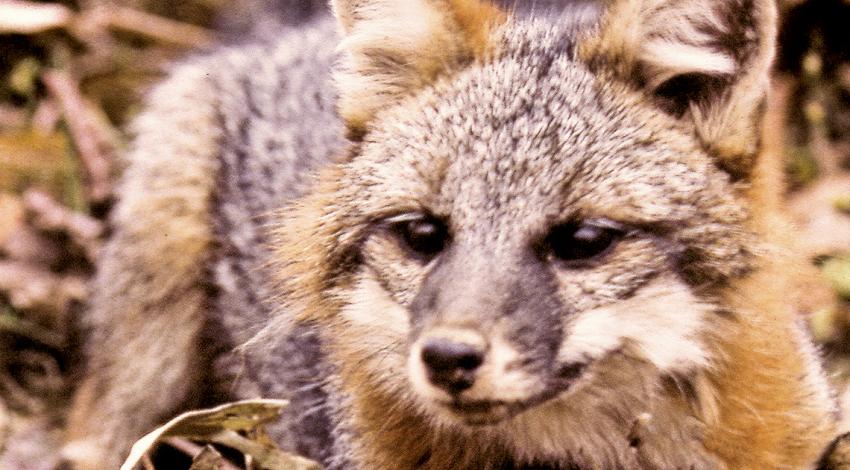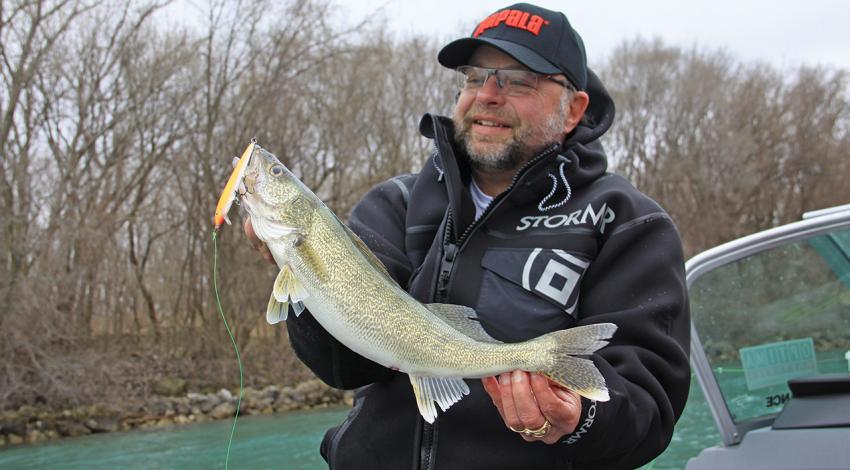Photo by Chip Gross
On Thanksgiving Day 2017, an uninvited guest arrived at an Amish farm just a few miles north of Berlin, Ohio — and decided to stay. It was a young snowy owl, and the bird hung around for several weeks, perching atop the peaks of Orris Wengerd’s several barns. It quickly became a celebrity, attracting hundreds of birders and photographers.
The snowy was one of the first such owls to arrive in the Buckeye State last year. A few snowy owls migrate south from northern Canada to Ohio each winter, but last year saw many more of the spectacular white birds — think 5-foot wingspan — spending the winter in our region than usual. Ornithologists call it an irruption. “It seemed to be a good irruption in Ohio last winter,” says Mark Shieldcastle, research director for the Black Swamp Bird Observatory in Oak Harbor, Ohio. “Well above normal.”
Snowy owl populations peak every four years; the phenomenon is tied to a similar cycle in lemmings, their favorite prey. When lemming populations peak, snowy owl numbers respond in kind. Many more young owlets are produced than normal during such years, and when winter arrives in the north and food becomes scarce, these young birds are forced south to survive. The adult birds, being more experienced hunters, tend to remain north.
Snowies, being true birds of the arctic, think of traveling to Ohio and elsewhere in the northern U.S. as a winter vacation. They also are so used to seeing people that they often allow birders to get quite close. No matter how tempting, however, observers should resist that urge; causing an owl to fly means you’ve approached too closely and stressed it, making its survival that much more problematic. Instead, use a pair of binoculars or a telephoto lens to enjoy the bird at a distance.
“As big as snowies look,” says Shieldcastle, “I was shocked, after handling so many bald eagles, at just how small the bird is in comparison — they’re all feathers. It’s no wonder that a snowy owl is no match for an eagle. However, the feet of a snowy, with all that dense feathering and surface area, would give the impression it could walk on water if it wanted.”
Getting the shots
I had never seen a snowy owl in the wild before last year, so I made a trek to the Wengerd farm, anticipating not only adding the bird to my life list but also photographing it, if possible. Arriving on a sunny, early-December morning, I thought the weather perfect for an arctic owl — temperature in the mid-20s with wind chill in the teens.
I stayed several hours and during that time, was fortunate to take the photos accompanying this story — the flight shot being one of the best wildlife photographs I’ve ever made. I’d like to thank Tom Quinn, a member of Lorain-Medina Rural Electric Cooperative, for allowing me to also use his photo of a snowy owl perched atop a rock. He took the photo last winter at Lorain Harbor along the Lake Erie shoreline.
Ohio’s next snowy owl irruption should occur during the winter of 2021–2022. We’ll see if I’m right…
W.H. “Chip” Gross, a member of Consolidated Cooperative, is Ohio Cooperative Living’s outdoors editor; email him at whchipgross@gmail.com.
